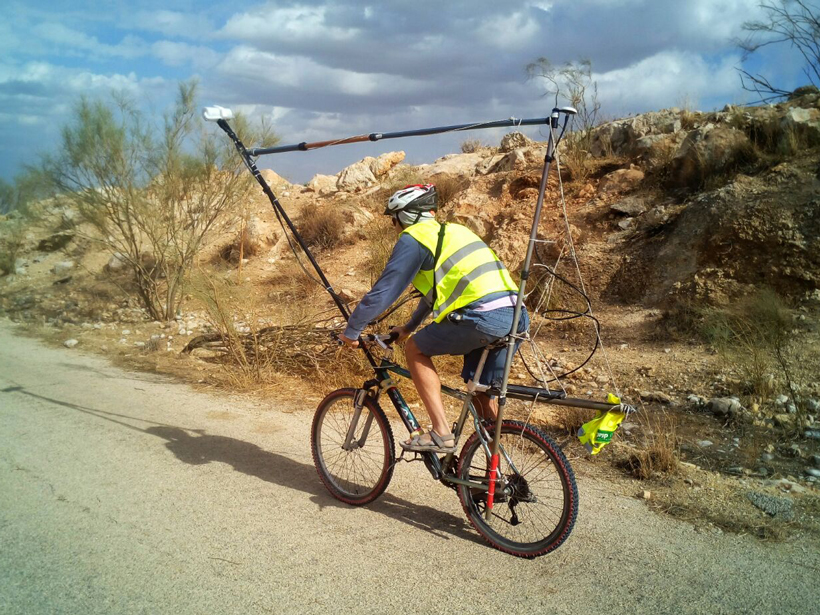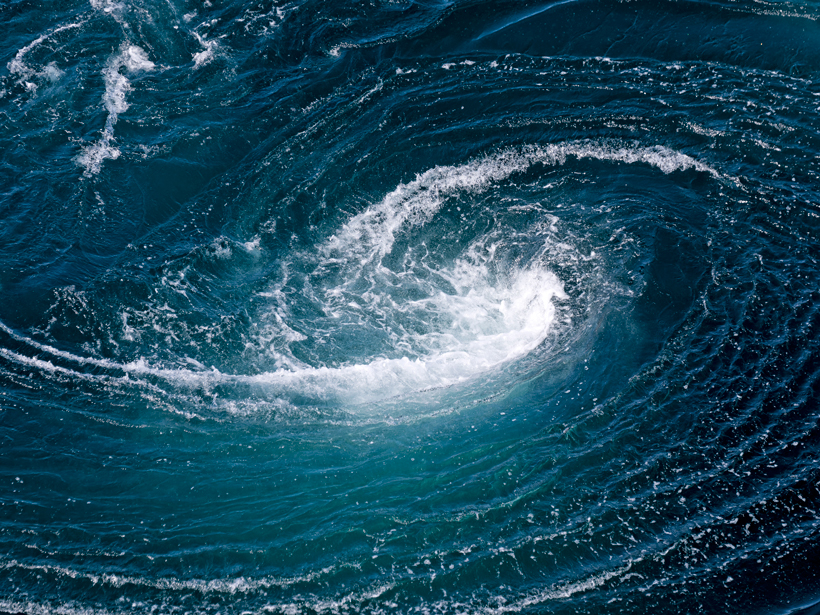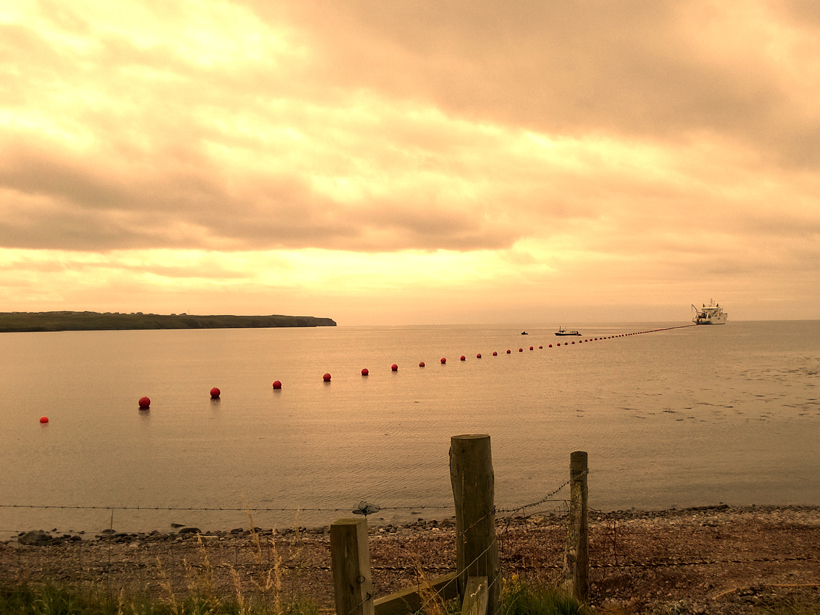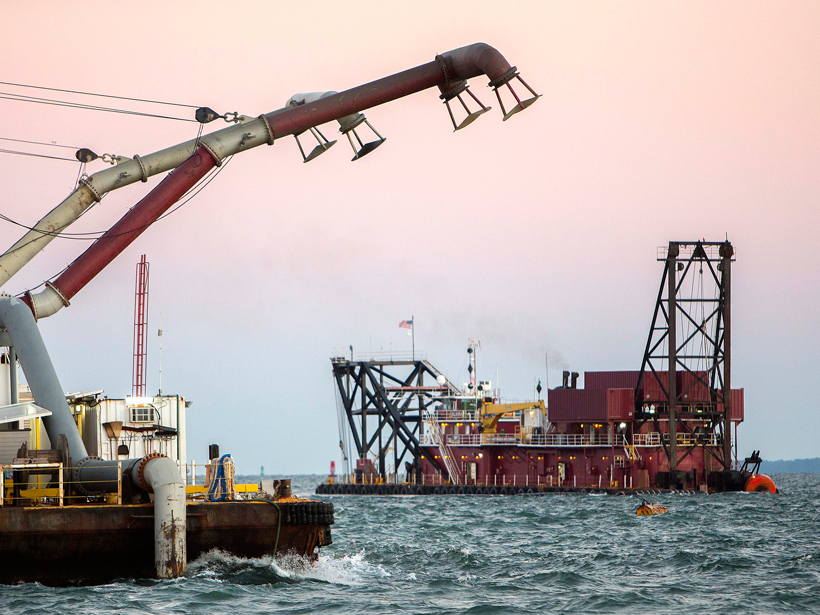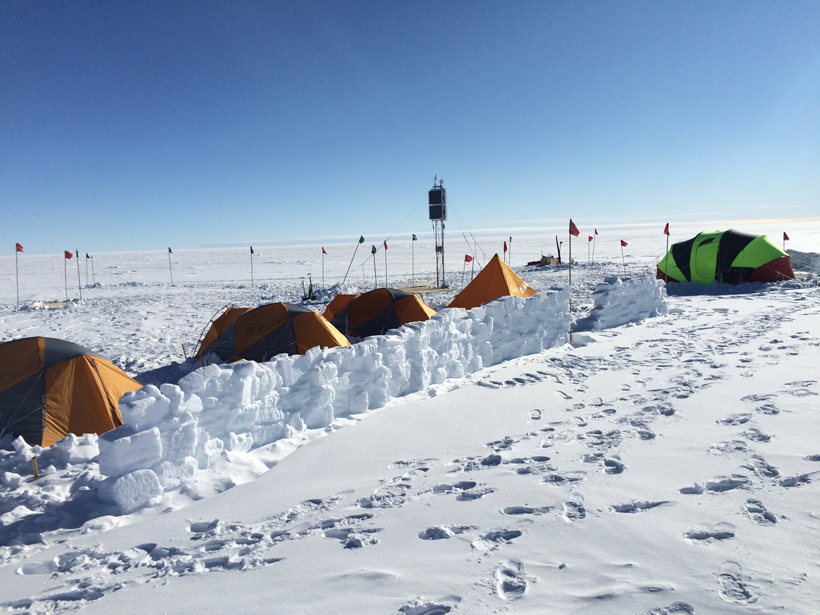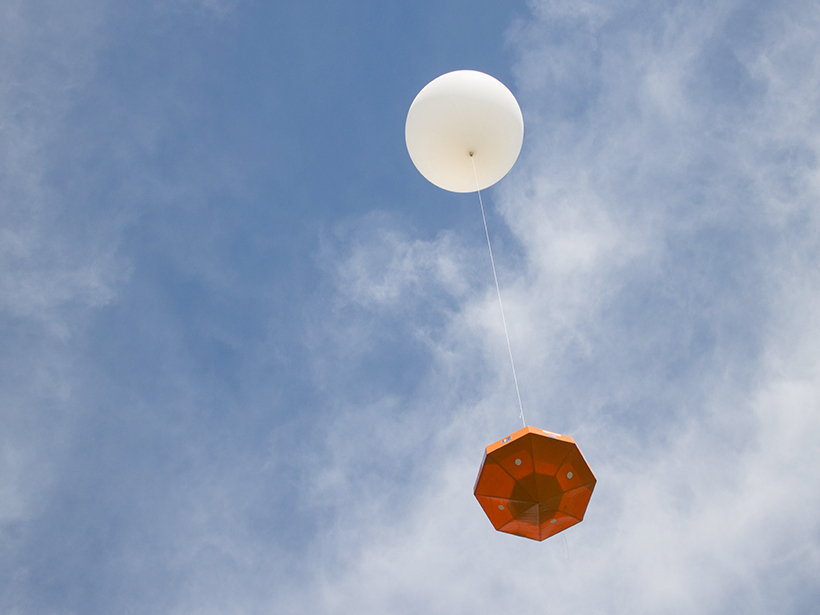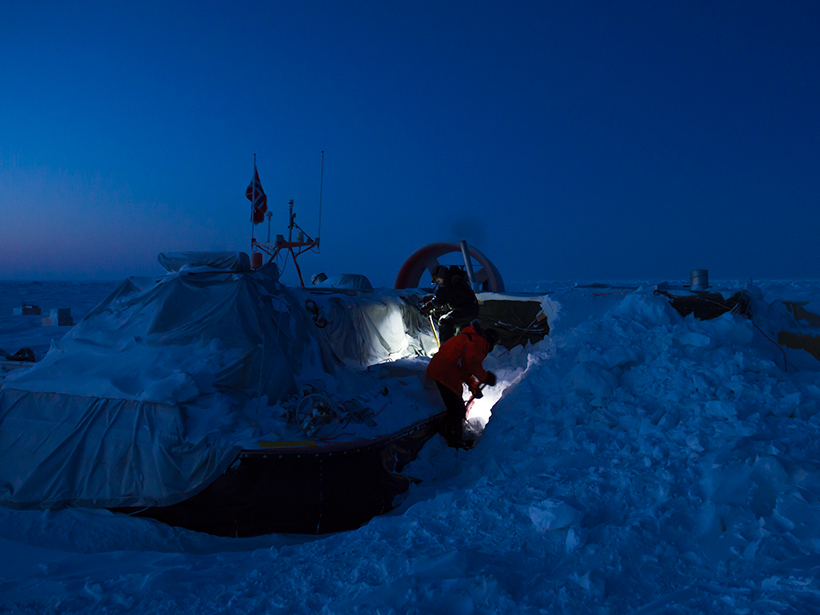Mounting a magnetic sensor on a bicycle offers an efficient, low-cost method of collecting ground magnetic field data over rough terrain where conventional vehicles dare not venture.
hardware & infrastructure
What Happens When Ocean Eddies Hit a Wall?
A new study tracks two ocean eddies passing over the Pacific Ocean's Izu-Ogasawara Ridge.
New Data Buoys Watch Typhoons from Within the Storm
Advanced real-time data buoys have observed nine strong typhoons in the northwestern Pacific Ocean since 2015, providing high-resolution data and reducing the uncertainty of numerical model forecasts.
Commercial Underwater Cable Systems Could Reduce Disaster Impact
Workshop on SMART Cable Applications in Earthquake and Tsunami Science and Early Warning; Potsdam, Germany, 3–4 November 2016
Water Infrastructure Needs Get Bipartisan Nod at House Hearing
A letter released at the event calls on President Donald Trump to ensure that money from a national harbor maintenance fund is used solely to improve ports and harbors.
Space Weather from a Southern Point of View
A recently completed instrument array in Antarctica provides a more complete understanding of the near-Earth space environment.
Balloon Launches Introduce Students to Space Science
High school students launch their own high-altitude payloads and learn from their successes and failures through a science research training program led by the University of New Hampshire.
Scientists Spend Arctic Winter Adrift on Sea Ice
A hovercraft-based ice drift station gives researchers access to previously inaccessible regions of the changing Arctic sea ice cover off the coast of Greenland.
Submarine Cable Systems for Future Societal Needs
5th Workshop on SMART Cable Systems: Latest Developments and Designing the Wet Demonstrator Project; Dubai, United Arab Emirates, 17–18 April 2016
In the Eastern Pacific Ocean, the "Blob" Overshadows El Niño
Underwater gliders and ocean modeling reveal unexpectedly weak El Niño effects on a major West Coast current.

